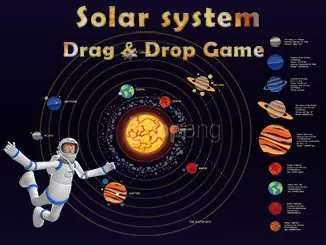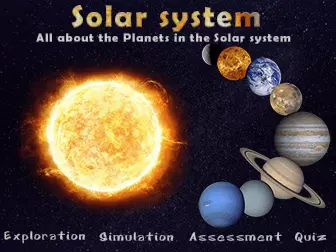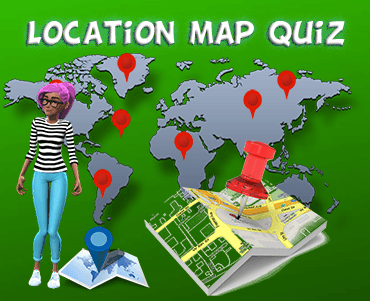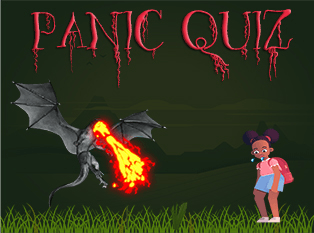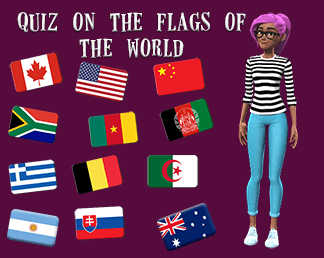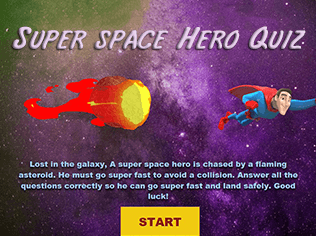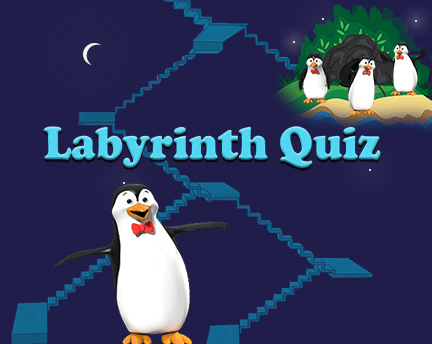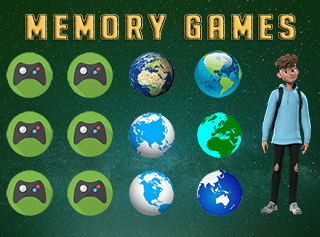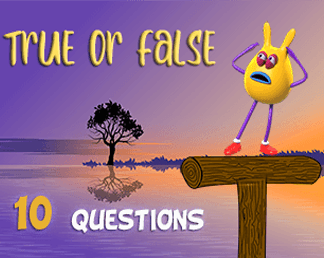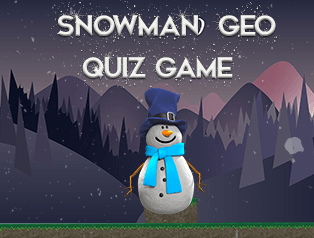Have you ever wondered what the order of the planets is from Sun? The kids will always remember the planets in the order they are taught in school. It is important to learn this order as well as it will make a difference when quizzed by a parent or teacher.
Overview of the Order of Planets from the Sun
The Solar System is an amazing and awe–inspiring feat of nature. It consists of the sun, eight planets, and several other objects that orbit the sun. The planets in our Solar System are all different in size, composition, and distance from the sun. It is essential to understand the order of the planets from the sun to help us learn more about their individual characteristics and the system as a whole. This article will provide an overview of the order of the planets from the sun and discuss their unique features.
The Sun in the Solar System
The Sun is at the center of the Solar System and is the largest object in the system. It is a star composed primarily of hydrogen and helium and is the source of heat and light for all the planets. The eight planets in the Solar System orbit the sun in a distinct order. Moving outward from the sun, the planets are Mercury, Venus, Earth, Mars, Jupiter, Saturn, Uranus, and Neptune.
1. Closest to the Sun: Mercury
Mercury is the closest planet to the sun and is a small, rocky planet made up of metals and silicate rocks. Its proximity to the sun makes it the hottest planet in the Solar System, with temperatures reaching up to 800 degrees Fahrenheit. It is also the smallest planet in the Solar System, with a diameter of only 3,031 miles.
2. Second Closest to the Sun: Venus
Next in the order is Venus, the second closest planet to the sun. It is a rocky planet that is similar in size to Earth and has an atmosphere composed primarily of carbon dioxide. It is the brightest object in the night sky and is known for its thick clouds and its high temperatures, which can reach up to 880 degrees Fahrenheit.
3. Third Planet from the Sun: Earth
Earth is the third planet from the sun and is the only known planet in the Solar System to sustain life. It is a terrestrial planet made up of rocks, metals, and water. It is the largest of the rocky planets and has an atmosphere composed of nitrogen and oxygen.
4. Fourth Planet from the Sun: Mars
Mars is the fourth planet from the sun and is a rocky planet made up of iron oxide, sulfur, and other minerals. It has an atmosphere composed mostly of carbon dioxide and is the home of the Curiosity Rover, which has been exploring the Martian surface since 2012.
5. Fifth Planet from the Sun: Jupiter
Jupiter is the fifth planet from the sun and is the largest planet in the Solar System. It is composed mostly of hydrogen and helium and has an atmosphere composed of ammonia, methane, and other gases. It is known for its Great Red Spot, a giant storm that has been raging for centuries.
6. Sixth Planet from the Sun: Saturn
Saturn is the sixth planet from the sun and is the second largest planet in the Solar System. It is composed mostly of hydrogen and helium and has an atmosphere composed of hydrogen, helium, and ammonia. It is known for its impressive ring system, which consists of millions of icy particles.
7. Seventh Planet from the Sun: Uranus
Uranus is the seventh planet from the sun and is an icy, gaseous planet composed mostly of hydrogen, helium, and methane. It has an atmosphere composed of hydrogen, helium, and methane and is known for its blue-green color.
8. Eighth and Farthest Planet from the Sun: Neptune
Neptune is the eighth and final planet from the sun and is the farthest planet from the sun. It is an icy, gaseous planet composed mostly of hydrogen, helium, and methane. It has an atmosphere composed of hydrogen, helium, and methane and is known for its strong winds and violent storms.
Conclusion: Exploring the Unique Characteristics of the Planets in Our Solar System
The order of the planets from the sun is an essential part of understanding the Solar System. Each planet has unique characteristics that make it unique and help us learn more about the system as a whole. From the scorching surface of Mercury to the icy depths of Neptune, each planet offers a unique glimpse into the fascinating world of the Solar System.
References:
1- NASA. (2021). Our Solar System
2-NASA. (2021).The Planets
3-NASA. (2021). Jupiter
4-NASA. (2021). Uranus.
5 NASA. (2021). Neptune
This game will help you learn the order of the planets from sun
Drag and drop the objects representing the planets of the solar system in their correct order, from closest to farthest from the sun. The sequences are randomized, so a new challenge each time you play. For learners of English, the pronunciation is also given of all objects along side it’s name. A fun easy way to learn the order of the solar system planets.
This game will test the knowledge of the planets, their characteristics and nominative. The goal is to move a ball on the interface and reach for new planets to gain points by returning them to their natural order. This game is perfect for astronomy lovers and teachers, who want to obtain relevant data of the planets in our solar system.
This game is great for practicing names and order of planets from the sun. Recently it was released by a team of the next creator of E-Learning games of GEOQUIZGAMES. Similar games can be played on Funtrivia

